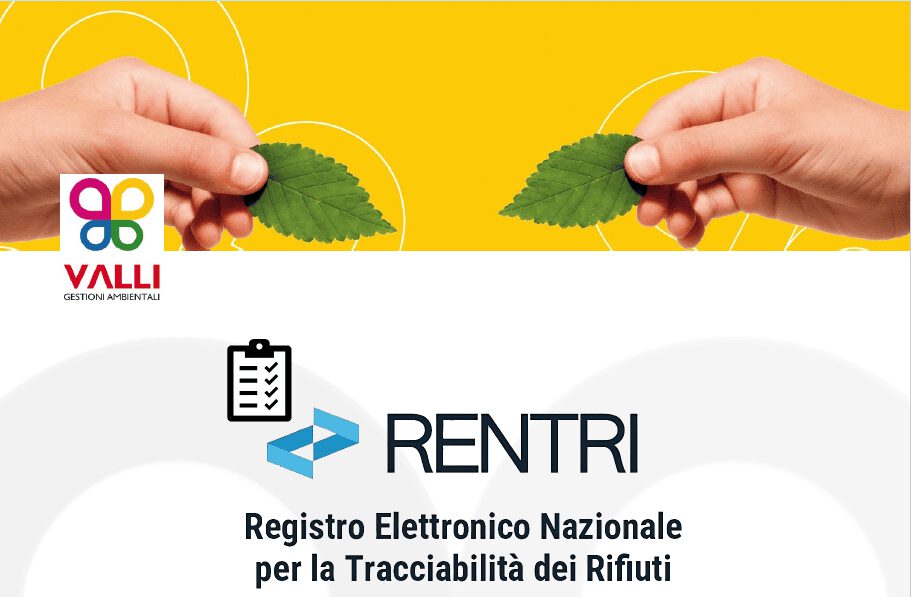The use of asbestos has been banned since 1992, but for some types of products it was possible to apply it until 1994. The problem of eternit disposal is still alive today.
The law does not require the removal of asbestos, but provides for obligations to be fulfilled by owners to verify the conservation conditions of products containing asbestos to prevent the release of fibers. However, it is advisable to remove eternit roofs that are deteriorated and degraded.
Asbestos disposal: historical overview
In 1901 asbestos-cement was patented and it was called eternit precisely to emphasize one of its best qualities: durability. This cementitious compound uses asbestos fibers as a binder and due to its characteristics, such as durability, heat resistance, ease of availability and low cost, it is used as a cover and spread all over the world, Italy became the second largest European producer.
One of the most famous Italian companies in the production and marketing of products containing asbestos-cement took the same name as the material it produced, Eternit.
Eternit can therefore refer both to the asbestos-cement composite material and to the factory that produced the products.
In 1933 the first corrugated sheets for roofing began to be born, which immediately became popular for their cost-effectiveness and durability, which were later called eternit sheets. But why is it dangerous?
The existence of asbestos structures is not in itself a risk. What makes eternit dangerous to health is the breakage and wear of the fibers which, dispersed in the air, can be breathed.
The dismantling and disposal of asbestos today remain delicate activities, not to be underestimated, but above all to be entrusted to specialized companies with proven professionalism.
The removal of eternit: Process
Removing eternit is a high-risk operation and therefore requires the intervention of companies specialized in the sector. In addition to having to remove it with precautions, it must be disposed of in specially authorized centers for storage and disposal.
The same workers must be equipped with specific protective equipment, to avoid contact with the broken material and the volatile parts that represent the greatest risk. Before starting any disposal operation, the eternit is painted with sealing substances that allow the area to be reclaimed without the possibility of contamination.
Particular attention is paid to costs: they depend not only on the quantity of asbestos to be disposed of, but also on the place where the eternit is located and therefore on the degree of complexity of the removal operations.
This is why an incentive has been set up for those who remove asbestos from the roofs of buildings and therefore need renovation work.
Asbestos Disposal Cost, how to do it and who to contact
Valli Gestioni Ambientali is operational for the disposal of asbestos in Bergamo, Brescia, Milan, Lecco and in the Veneto region and in general in Northern Italy.
We take care of the transport and storage of eternit at our authorized plants and the transfer to landfills specially set up for disposal. Fill out the form with your request if you want to know more about the costs of Asbestos Disposal, the methods and all the information you are interested in.
Alternatively, you can always call +39 035 951198 or write directly to the email info@valli-ambiente.it




